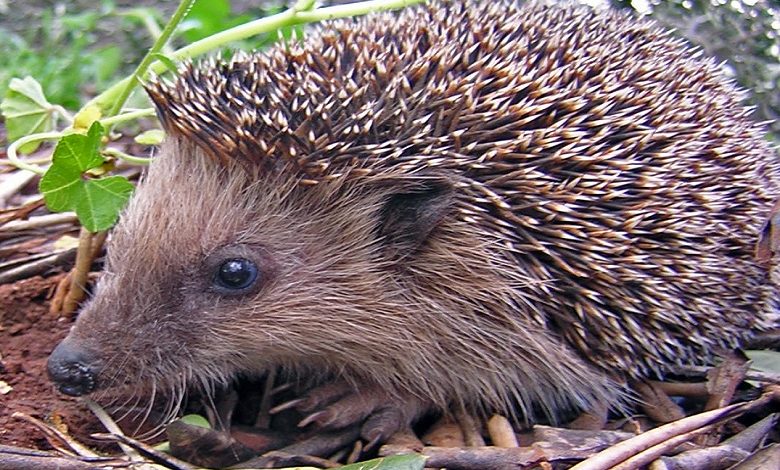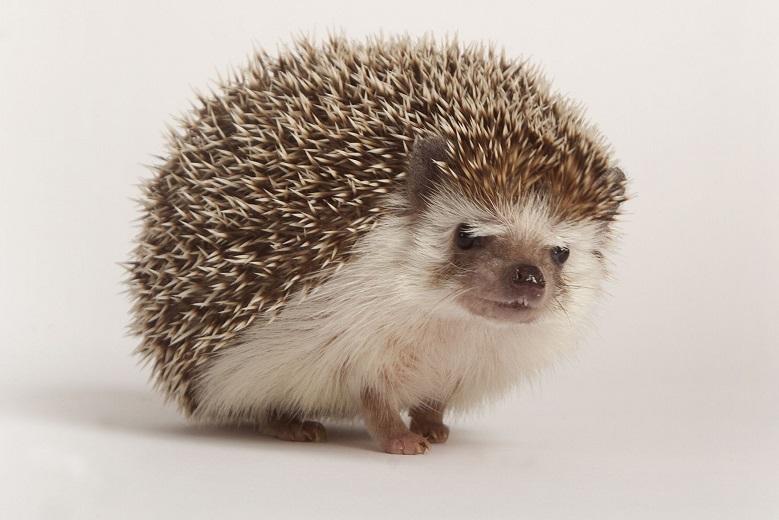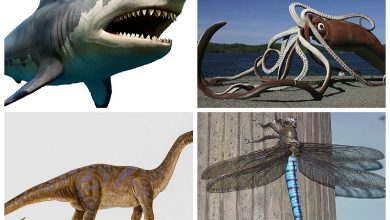How hedgehogs destroy New Zealand: thorny people’s enemies

In New Zealand, authorities are trying in vain to get rid of hedgehogs. Many years ago, lovely animals were brought into the country by the British colonialists; they awakened their homeland’s nostalgic memories. Since then, the population of these animals has grown to enormous proportions.
There are no predators in the country that would regulate it naturally. Now hedgehogs are destroying local flora and fauna. The government is trying to fight the problem.
They try to catch thorny hooligans. They are hunted and hunted. The difficulty lies in the fact that few people want to do such a thing. After all, hedgehogs are so cute!
Experts sound the alarm
“They spit on the food chain! These animals wander blissfully through our forests and gardens. At the same time, they can eat just an incredible amount of representatives of the local fauna,” experts say. Researchers have calculated that in just a day, one hedgehog eats about six dozen Weta crickets. These are rare insects found only in New Zealand.
In addition, thorny settlers eat not only locusts and lizards but also eggs of rare birds. By doing so, they endanger the very existence of many animal species.
Hedgehogs were included in the list of pests by the New Zealand authorities, along with rats. The struggle with these animals is complicated by the fact that many cannot overcome the psychological barrier. Hedgehogs look so cute that people cannot destroy them.
Scientists have even come up with a very exotic solution to the problem. They advise collecting all the hedgehogs and send them back to their homeland. In Great Britain, they are actively fighting for their preservation. Little pubs in the gardens are built for thorny cuties, and even unique parks are created for them.
Hedgehogs Invaders
Such species, which are forcibly placed in an unusual environment for them, as a rule, threaten the stability of local ecosystems. To deal with the negative consequences of such human actions, you need to understand the issue thoroughly. For example, thanks to scientists’ research, many interesting details from hedgehogs’ lives have emerged.
When hedgehogs found themselves in new conditions for themselves, they forgot their usual asociality. Animals have become more willing to spend the night in common nests. In addition, thorny animals included the fruits of local plants in their diet and almost completely replaced their usual animal food.
When immigrants from England brought hedgehogs to New Zealand at the end of the 19th century, they could not, of course, imagine how it would end up. Hedgehogs protected their gardens from snails and harmful insects and reminded them of a distant homeland. Thorny predators have spread across the country and began to threaten the local fauna.

New Zealanders are now trying to preserve the already significantly impoverished island fauna representatives and control the number of introduced animals tightly. Scientists are simultaneously studying the peculiarities of their way of life in their new homeland.
Researchers often find out very unexpected details about animals from Europe. For example, a few years after the destruction of ermines on the islet of Rangitoto near Auckland, a male of this animal was captured.
Genetic analysis showed that this animal is not the original inhabitant of the island, which survived the destruction of its fellows. The animal moved here from the mainland. At the same time, the ermine could swim as much as three kilometres across the sea! This species has never had such achievements before. In the same way, a lot of new things become known about hedgehogs
Mariano Rodríguez Recio, at the University of Otago in Dunedin on the South Island of New Zealand, has a long history of hedgehog biology. He caught 27 adults (twenty males and seven females) and hung GPS transmitters on them, which recorded all their movements. All the hedgehogs were then recaptured, and the equipment was removed. Then it turned out that most of the thorny animals slept in their nests during the day in whole companies although these animals are loners.
What changes have New Zealand hedgehogs undergone in comparison with European relatives
Hedgehogs’ nests are very interestingly arranged. They look like a shock of fallen leaves. Usually, nests are surrounded by a whole network of paths. The hedgehog uses them to deliver food to its house. Contrary to popular belief, hedgehogs do not prick food and leaves on their needles but carry all objects by grabbing them with their mouths.
For wintering, hedgehogs build more impressive structures, and summer nests are usually not very large. Moreover, they do not always do it on the ground. Their structures are also found on trees.
Thorny animals are very jealous of their houses. All attempts of congeners to enter someone else’s nest are very aggressively suppressed. Cases when several adult hedgehogs peacefully coexist within the same nest are rarer than a rule.
Experts say that several hedgehogs can winter in one nest only when the choice of suitable places is limited. In addition, the advantages of a secure hiding place should outweigh all the disadvantages of constant quarrels, fights, and even cases of cannibalism. Examples of such coexistence can often be observed in captivity.
According to Dr Recio, the hedgehogs that got to New Zealand have changed their habits. After all, they ended up in not very familiar places for themselves, abundant in food and not teeming with predators. Over time, they concluded that they began to settle in other people’s nests without wasting time and effort on building their own.
The hosts also did not waste energy on conflicts with intruders. Scientists have not yet figured out whether such neighbours are relatives or just the first animals that came across.
Such a neighbourhood with congeners in summer “apartments” is not the unique acquired feature of hedgehogs in New Zealand. These animals have changed their food preferences. Suppose European hedgehogs are almost entirely carnivorous. In their diet, plant foods occupy a very modest place. New Zealanders, on the other hand, have made plant foods the basis of their diet. The hedgehogs especially liked the local berries.
European hedgehogs can replace the extinct or reduced numbers of local frugivores, helping the plants disperse and other imported animals. Experts say that the diet of those hedgehogs that live in mountainous areas has changed dramatically. It is pretty dry there, and the animals do not have enough moisture. Thorny animals do great harm in the valleys. It is there that they try to get rid of them.
Cute little animals
There are many examples when animals change their habits and discover previously unknown abilities in themselves, finding themselves in new conditions. Researchers will continue to conduct several experiments to clarify this issue finally.
Scientists want to deeply study the uncharacteristic habits of hedgehogs in New Zealand, not content with information about their way of life at home. The data obtained to date already allow us to conclude that the new habits are not caused by genetics but by a change in the usual habitat.
In the meantime, the country is struggling with problematic pests and its preconceptions about what kind of hedgehogs are infinitely cute.




